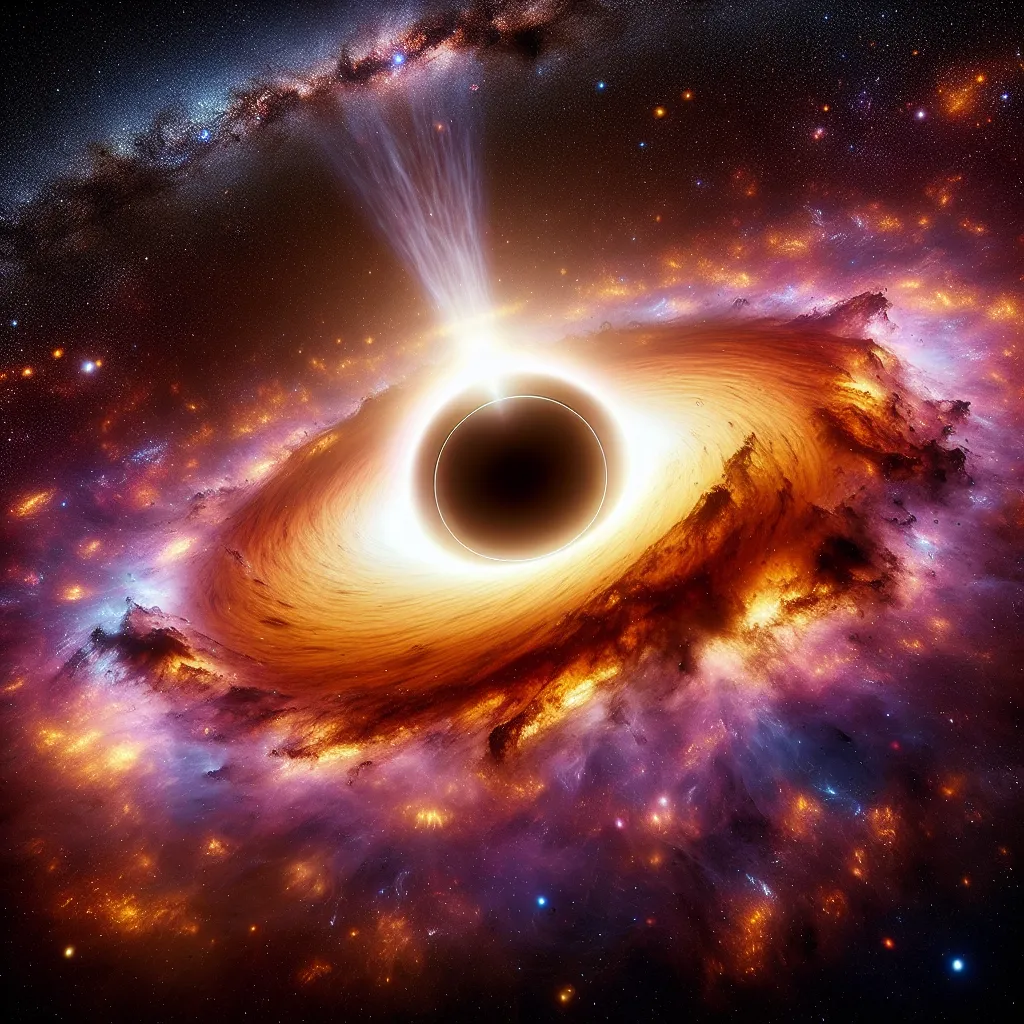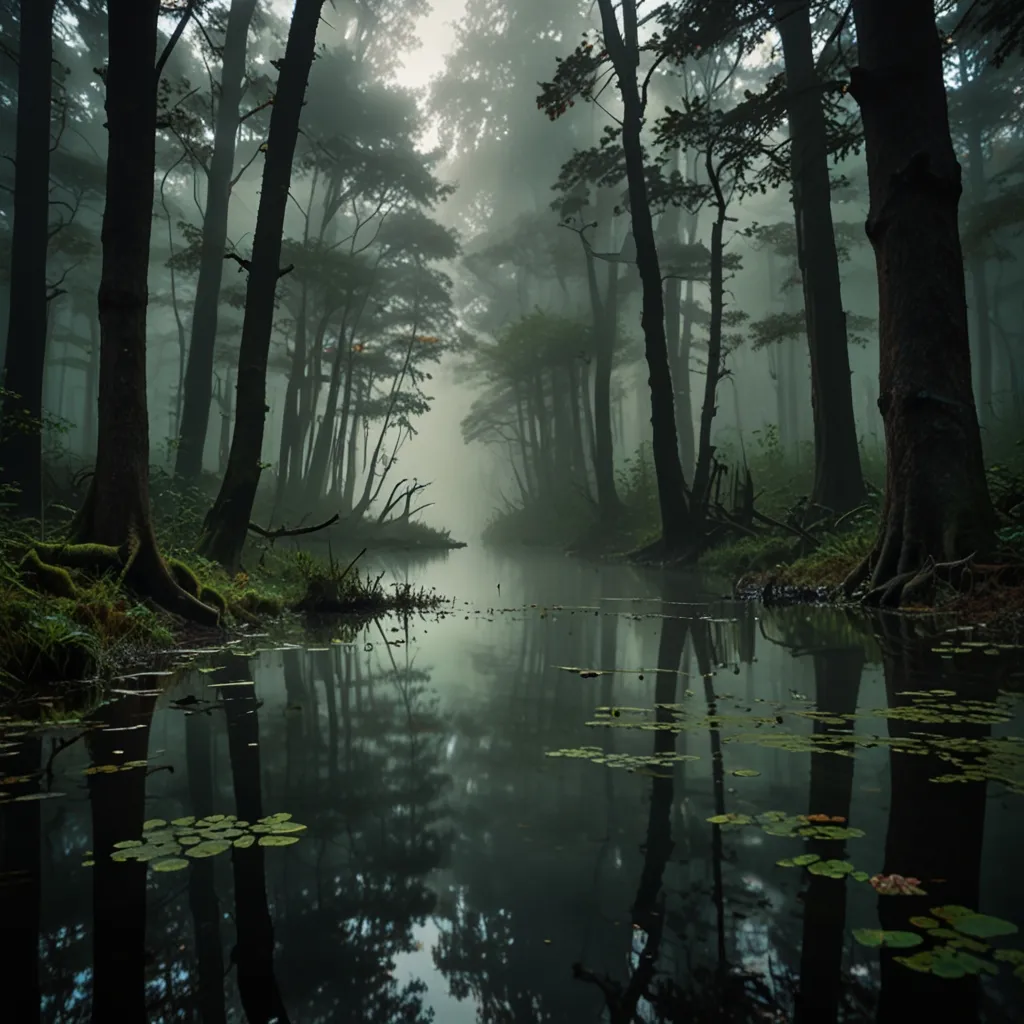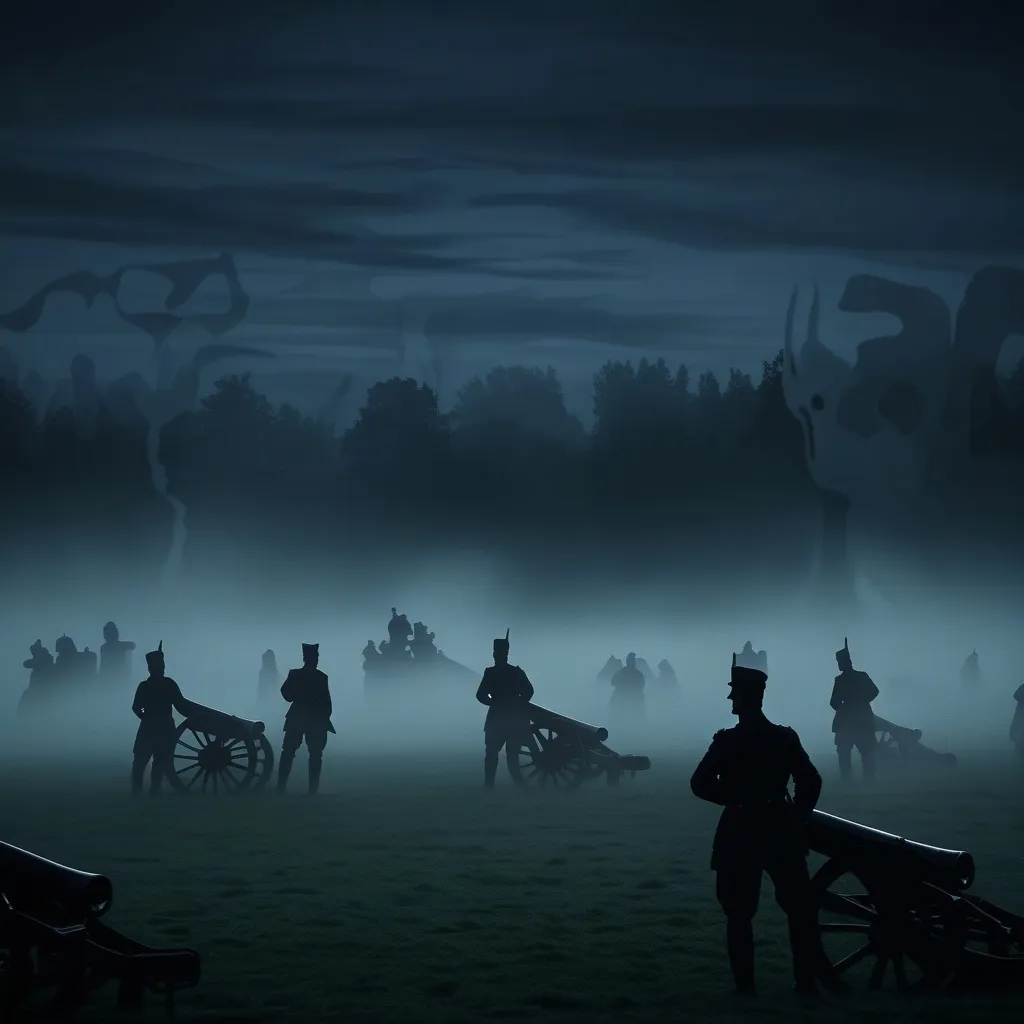The universe seems like a vast, empty ocean with occasional islands of galaxies, but it’s an illusion. Actually, only a small number of atoms are in galaxies; the rest drift in the intergalactic medium. This medium, filled with gas, acts like a cosmic forest, with gravity pulling fresh mass into the system.
In this intergalactic medium are the raw materials of creation: hydrogen and helium. These elements flow into galaxies to eventually form stars. But the true powerhouses of the universe are quasars. Imagine something as small as a grain of sand but with the power of a trillion stars. These incredible objects sit at the centers of some galaxies, reshaping the cosmos with their immense energy.
Back in the 1950s, astronomers noticed strange radio waves coming from spots in the sky. These were called quasars because they looked like tiny stars but emitted radio waves. They were mysterious; some flickered while others emitted high-energy X-rays, moving super fast—up to 30% the speed of light.
Quasars are much more than just stars. They are the active cores of galaxies billions of light-years away. To be so bright over such distances, they must be thousands of times brighter than the entire Milky Way. Essentially, they are monsters, exploding with unimaginable violence.
We’ve discovered over a million quasars, and they all date back to the early universe. Quasars were most common around 10 billion years ago when the universe was young. So, what makes an early galaxy so bright and violent? The answer lies in supermassive black holes at their centers, devouring matter and shining brightly.
Black holes are the most efficient engines for converting matter into energy. The light from a quasar doesn’t come from inside the black hole but from the ‘accretion disk’ around it. As matter falls into a black hole, it speeds up, generating immense energy. In a small space, this core can release more energy than all the stars in a galaxy combined.
Typical quasars can consume massive amounts of gas, leading to intense light and radiation. But this feast doesn’t last forever. Quasars ‘kill’ their galaxies by heating the gas too much and stopping star formation. Hot gas can’t form stars because it resists gravity’s efforts to collapse it into a star.
Quasars also push gas out of galaxies, starving both the quasar and its galaxy of materials for new stars. While this might sound sad, it’s beneficial for life. Without such processes, too many stars forming could lead to dangerous supernovae that could wipe out potential life forms.
Could the Milky Way have had a quasar phase? It’s possible, but galaxies don’t preserve their history well. Our supermassive black hole, Sagittarius A*, might have been a quasar once. And in a few billion years, when the Milky Way merges with Andromeda, it could become one again. The merged supermassive black holes could ignite a new quasar phase, creating an incredible cosmic event.
But you don’t have to wait for billions of years to witness fascinating phenomena. There are plenty of wonders to explore right here on Earth, and understanding the universe helps us appreciate them even more.






